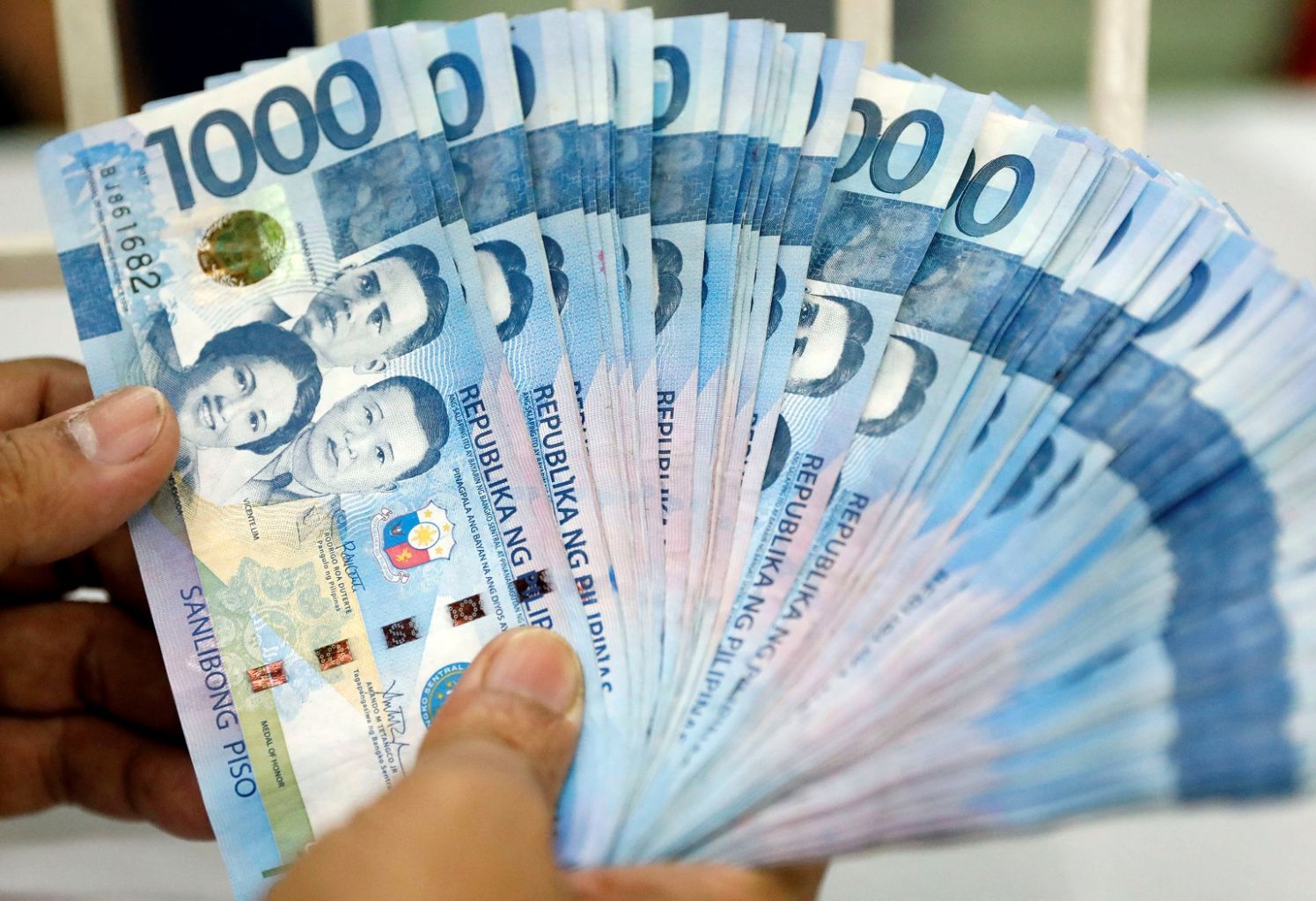A London-based research firm sees Philippine peso to further slide to Php55 against US dollar within the year and to Php58 in 2019.
According to Capital Economics’ report titled “Peso plunges, Korea’s labor market woes continue” published on September 14, peso is seen to continue to weaken due to wider trade deficit, primarily brought by importation of iron and steel shipments for the administration’s “Build, Build, Build” program.
“Looking ahead, the trade deficit is likely to widen further as imports of capital goods continue to flood in to support Duterte’s infrastructure drive,” Capital Economics said.
Moreover, the damages caused by Typhoon Ompong, particularly in the agriculture sector, is also seen to have a temporary impact on the prices of goods in the country.
“The lesson from previous natural disasters is that there is likely to be a short-term negative impact on gross domestic product, followed by a rebound supported by reconstruction efforts. Perhaps a bigger worry from an economic perspective is that ‘Mangkhut’ damages agricultural production, leading to an increase in food prices. This would put further pressure on the Bangko Sentral ng Pilipinas to tighten monetary policy,” Capital Economics said.
Dirham expected to reach Php15
In July, UAE remittance companies told The Filipino Times that the peso-dirham exchange rate, which has continuously been moving up since last year, is headed to Php15, citing different factors.
One of which is the US’ move to hike interests resulting to a struggling peso.
“It is not going to happen overnight…hindi ganuon kabilis (not that fast); maybe early next year if not by the end of this year,” said Edwin Punzalan, Banco de Oro’s Assistant Vice President for remittance in the UAE.
Another factor, cited by Mo Purple Juachon, Al Rostamani Exchange senior relationship, is that aside from investors taking their dollars out, the Philippines itself is draining its dollars paying for imports on materials needed for its “Build, Build, Build” infrastructure program.
“Dere-deretso ang import ng Pilipinas. Mas malaki ang lumalabas na dollars pambayad sa imports. Hindi kaya i-sustain ng OFW remittances yung expenses,” Juachon said.
Currently, dirham-peso exchange rate remains steady at Php14.70 while dollar-peso has already entered the Php54 territory.
The last time peso hit P54 was in 2005, according to BSP’s data.




